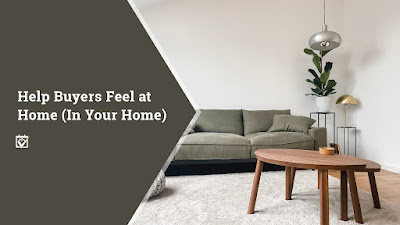Considering Building a Wine Cellar?
Whether you enjoy an occasional glass of wine or consider yourself a connoisseur, you know the importance of storing your wine properly. Wine is perishable after all, so unless you buy wine only when you plan on drinking it, you need a good place to keep your bottles until you’re ready for them. Some people use small wine fridges or similar devices, but if you fancy a nice collection of wine then you might be thinking of installing a wine cellar instead.
Wine cellars were once considered something of a status symbol, but they’ve become much more common over the years as quality wines have become more accessible. Some people even install them because they’ve gotten into winemaking as a hobby and want somewhere safe to store their creations. Whatever the reason is that you’re considering a wine cellar, here are a few things that you should add in with your considerations.
Wine Cellar Benefits
There are definite benefits to having a wine cellar, whether it’s a small rack or a large storage area. A well-built wine cellar controls the temperature and humidity around your wine bottles, keeping the bottles’ corks from breaking down and preventing the wine from spoiling in the bottle. Wine cellars also reduce the effect of vibrations on the bottles, keeping them secure and helping to prevent sediment from being disturbed and ruining the wine’s quality.
Wine cellars can also help with organizing a wine collection, especially if your collection is still growing. The racks in the cellar allow for organization and labeling, and many are designed so that you can easily view the labels of your best bottles if you want to show off your collection as well. Even if you don’t have any high-value wines to show off, just having that secure storage space will allow you to buy multiple bottles of your favorites at once so that you can keep them on hand while enjoying discounts for buying in bulk.
Home Value Considerations
Adding a wine cellar to your home can also improve the home’s overall value, even if you’re not installing a large cellar. This is most evident if you list the home for sale and a wine enthusiast is a potential buyer; they’ll obviously know the value of having good wine storage built in, and it might be a major selling point for them. That value only goes up if your wine cellar is designed as a display piece as well as storage.
Even for those potential buyers who don’t drink a lot of wine, a wine cellar can be a positive in the home. Built-in storage that’s designed for temperature and humidity control can serve a lot of uses, and potential buyers could easily convert wine racks to shelving to make the wine cellar into something of a cool storage solution. And who knows? Maybe buying a home with a built-in wine cellar could kick off someone else’s desire to create a wine collection.
Building a Wine Cellar
Depending on the type of wine cellar you want, the budget you’re working with, and the amount of space you have available, there are a few different ways you can approach wine cellar installation. Building a wine cellar in your home could be as simple as installing a few racks in an empty nook or as complex as overhauling part of your basement as a home for your wine collection. Regardless of what you want in your wine cellar, though, HomeKeepr is here to help.
Through HomeKeepr, you can find the contractor or other professional you need to make your dreams of having a built-in wine cellar come true. From construction to lighting to environmental and HVAC considerations, we can help you find them all. Best of all, creating a HomeKeepr account is free. Sign up today and find yourself that much closer to the wine cellar you’ve always wanted.






